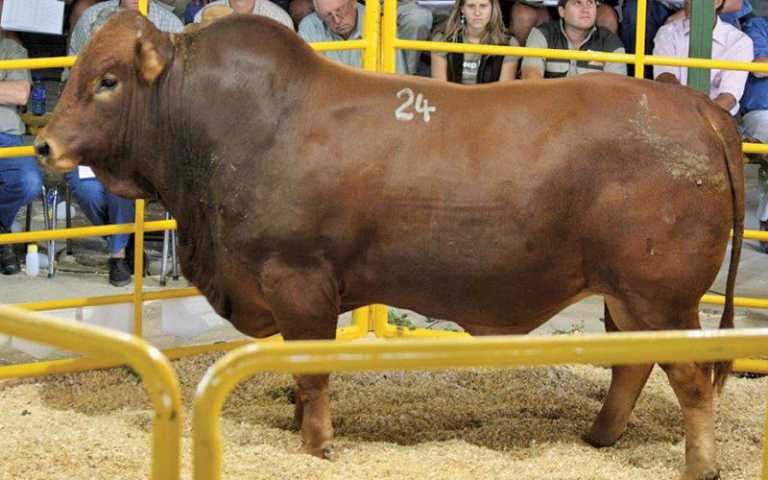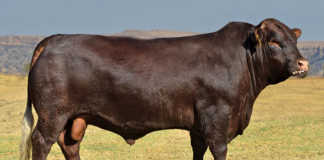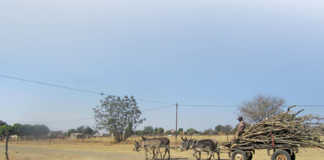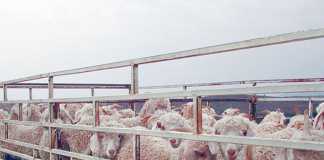
Once you have decided to auction your livestock, the first step is to choose which animals you are going to sell and why. After that, you can begin to market and arrange the auction itself.
Quality and classification
Classification characteristics are determined by the animal’s age, fatness, conformation, damage and sex. A marketing agent can help you classify each animal.
Weigh each animal before the auction. You can only expect a good price if the animal is healthy, preferably A-grade or B-grade, not too lean or too fat, and castrated. AB-grade fetches a lower price and C-grade the lowest price.
Arranging the auction
- Contact a marketing agent and ask about the prices and market trends.
- Supply relevant information about the quality and classification, gestation status, weight and reserve price of your livestock.
- Make a reservation for the sale of your stock on the appointed date.
- Ensure that all your livestock have legal identification marks.
- Obtain a certificate of removal from your local SAPS stock theft unit. Without this document, you could be fined or even have your animals confiscated.
- Make arrangements for transportation.
- Choose a vehicle that is clean, allows a steady flow of fresh air for the animals and has a railing to stop them from jumping out.
- It’s a good idea to get together with other producers in your area and transport your livestock with theirs to the auction in one load.
- This will cut down on transportation costs.
- Avoid overcrowding, however!
- Carry the certificate/s of removal of animals in the vehicle.
At the auction
At the auction venue, fill out the Acknowledgement of Receipt form, supplying your name, address, ID number and stock identification details. Remember that your livestock still belong to you at this stage and remain your responsibility. The sale is concluded when you say “Sold!”.
After the auction you will need to finalise the transaction:
- Draw up the clearance statement, making sure that all the particulars are correct.
- Accept payment.
- This can be either in the form of cash, a cheque or an electronic funds transfer (EFT). If a cheque, make sure that all of the details on the cheque are correct.
- An EFT is a far safer option than a cheque. You will need proof of payment from the buyer, however.
- The buyer will also require a document of authorisation from the local stock theft unit to transport the livestock.
Finally, make sure that you attend at least one auction before auctioning your own animals for the first time. If possible, go with someone who has auctioned his own livestock before.
Useful contact numbers
For information about the registration of legal identification marks, phone the Registrar of Brands in Pretoria on 012 319 7433.
For help with market agents and auction venues around South Africa, phone: SAMIC (South African Meat Industry Company) on 012 325 4545; or
SAFLA-MB (South African Federation of Livestock Auctioneers and Meat Brokers) on 012 348 5111.
Source: Directorate Agricultural Information Services, DAFF.













